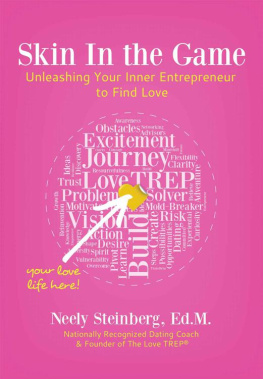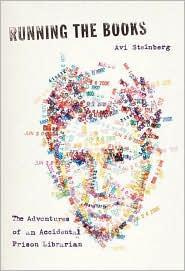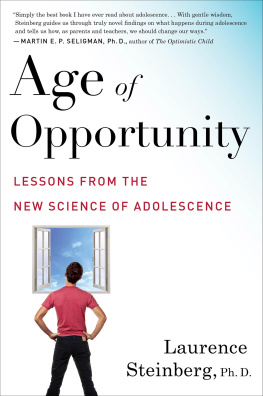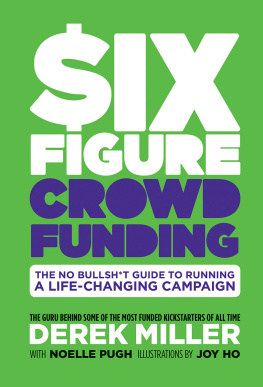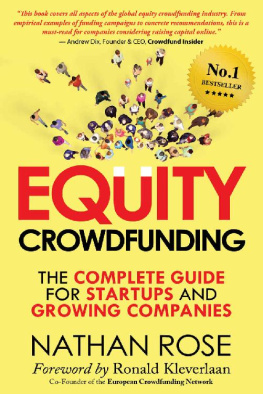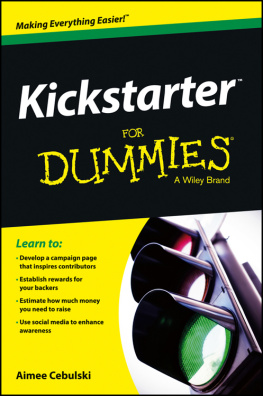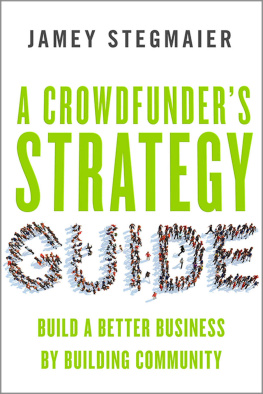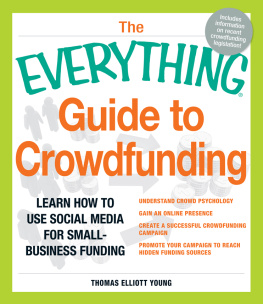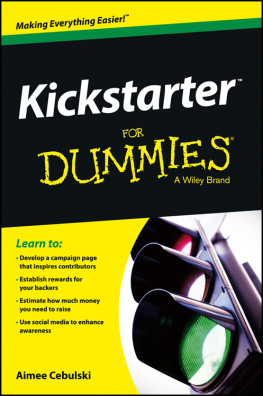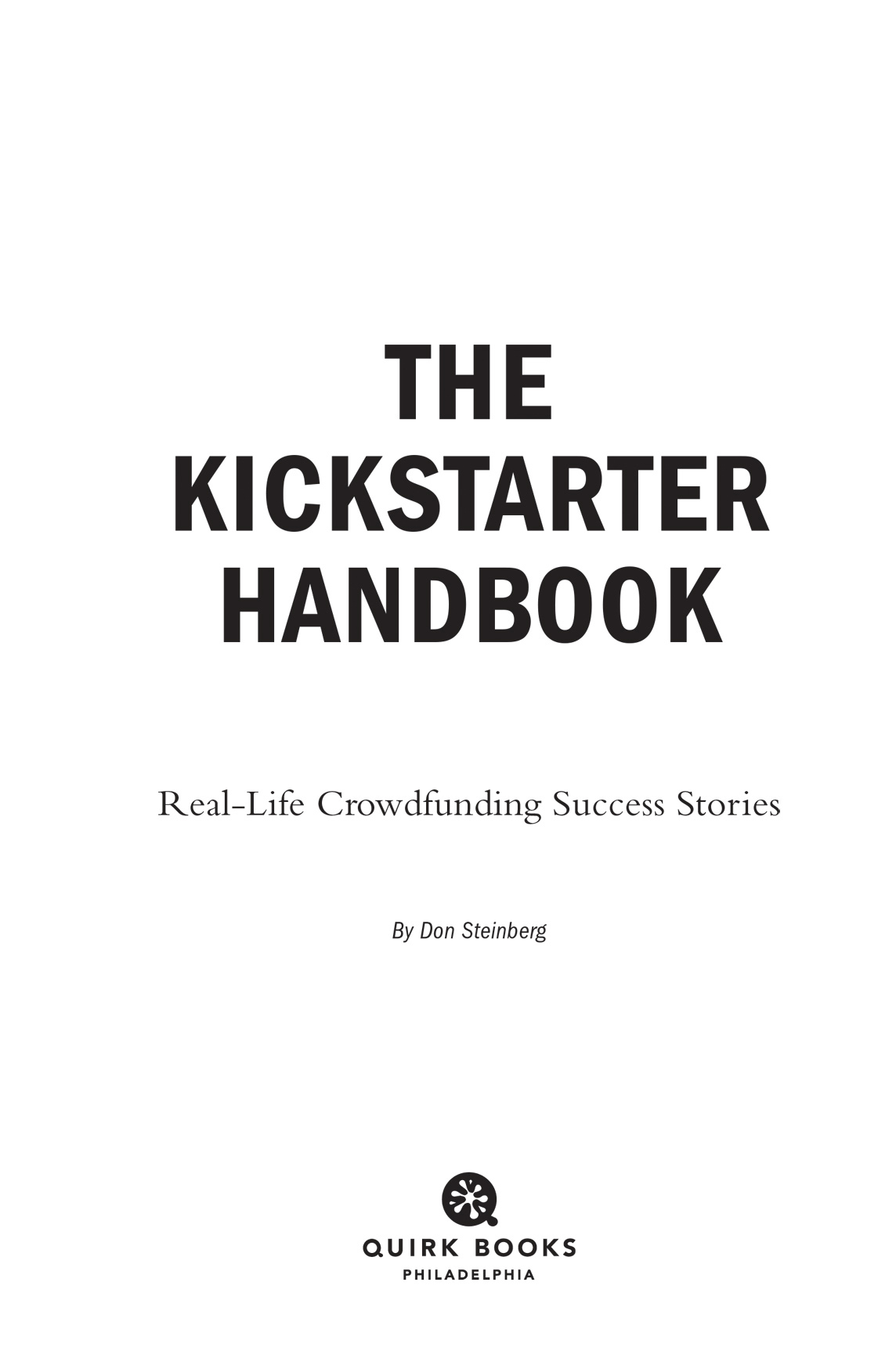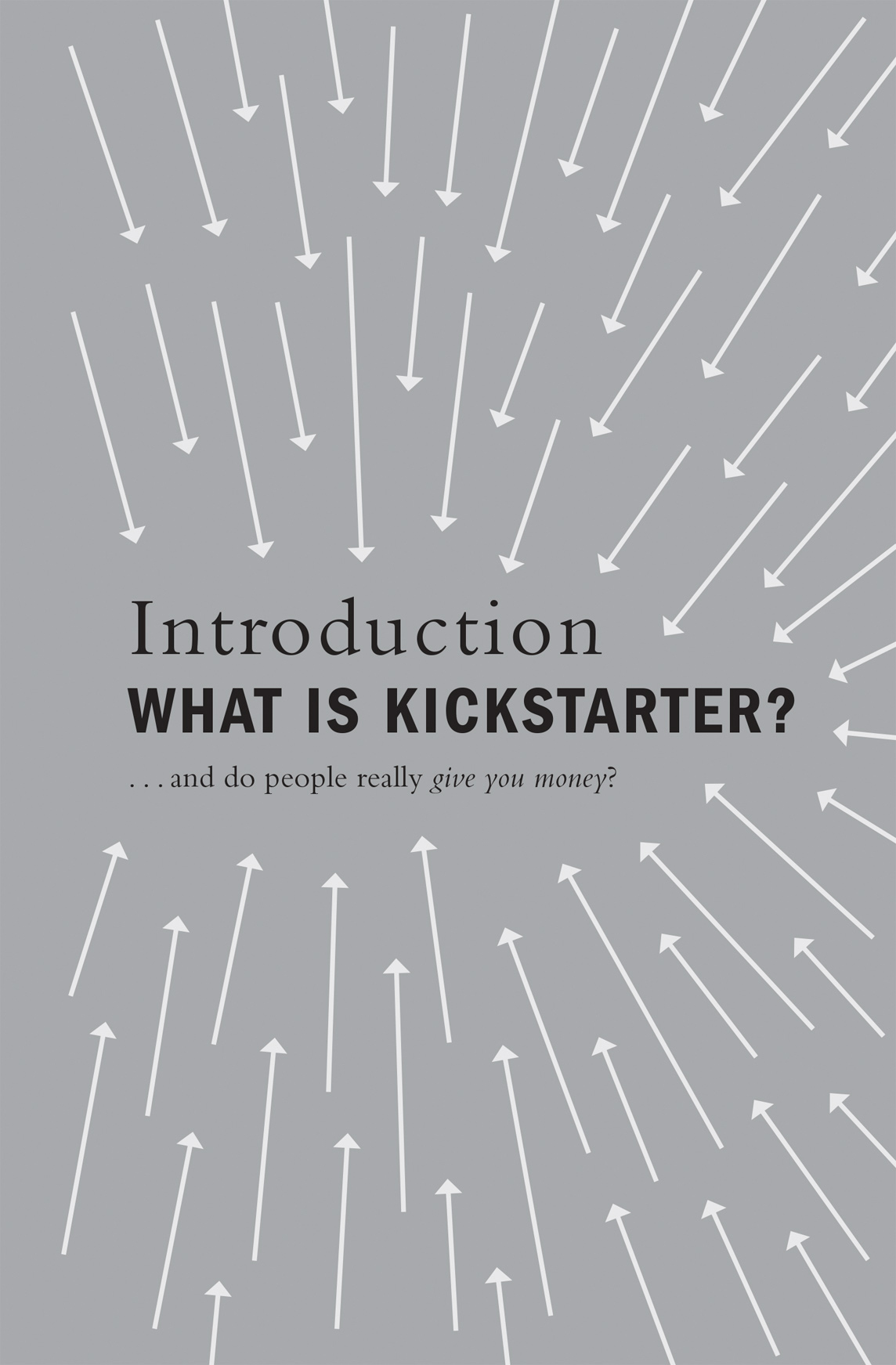Copyright 2012 by Don Steinberg
Images courtesy of (Loomi)
All rights reserved. No part of this book may be reproduced in any form without written permission from the publisher.
Library of Congress Cataloging in Publication Number: 2012938104
eISBN: 978-1-59474-607-9
Design by Katie Hatz
Production management by John J. McGurk
Quirk Books
215 Church Street
Philadelphia, PA 19106
quirkbooks.com
Contents
... and do people really give you money?
What you must know before you start to Kickstart
How to pick the right financial target for your Kickstarter campaign
The calculated art of choosing rewards for your backers
The backstory on backers
A brief chapter on duration
Making the all-important Kickstarter video
Build your project and launch it
How to get attention via mass media and social networks
Its time to cross the goal line, plus four frantic finishes
Delivering the goods to your generous backers
Kickstarter misfires, redemptions, and second acts
More ways to get it started
Your Kickstarter Campaign Prelaunch Worksheet
S COTT THRIFT DREAMED OF DESIGNING a new kind of clock.
Instead of having the usual hour hand and minute hand and second hand relentlessly ticking away, his clock would have just a single white hand that would take a full year to go all the way around, its sweep through time practically imperceptible from moment to moment. Instead of numbers around its circumference, the clocks face would display the full spectrum of color, a gradient from icy blue in winter to verdant green in spring, brilliant yellow in summer and leaf red in the fall.
He was imagining a beautiful piece of wall art. But his vision wasnt really about the clock so much as his outlook on life, which is that if we encounter time only in terms of its hurtling, transient passage, we may fail to appreciate what is happening now, in the present.
Im at war with seconds, Thrift says. The second hand is a recent invention. I think its only 120 years old or so. It damages the way that life actually is. Theres a larger scale at work.
Thrift dreamed that an alternative to times most overbearing taskmaster, the traditional wall clock, might help. He first had the idea in 2004. He spent years refining his concept, initially working on it in his head and then building a prototype. He imagined it would be great if the annual clock became an object he could make and sell to like-minded people across the planet. But Thrift lacked expertise in manufacturing. He wasnt even a product designer. Hes a filmmaker in Brooklyn. Besides, any attempt to produce even a small number of the clocks could be costlythere were unresolved questions about the design and materials, and it would require reinventing the way the gears and electronics worked. A clock that doesnt tell time isnt exactly the sort of thing you can raise money to manufacture; its not as though a buyer from Walmart would be eager to place an order. We live in a world where ideas are funded based on the amount of revenue they are projected to produce.
So, like a lot of product designers Thrift was encountering by late 2011, he tried Kickstarter, a website where an artist, designer, or inventor can create a page that describes a project, and then anyone anywhere can contribute money to help make the idea a reality. He gave his invention a name that would remind everyone what it celebrated: The Present. He posted a description of his project on Kickstarter.com. It included a video that mixed quick-cut life-flashing-before-your-eyes imagery with earnest electronic music, showed his design concept for the clock, and asked potential backers: How can you live in the moment when the moment changes every second?
I explained on the Kickstarter page that part of the funding would be to hire a product designer, to rethink everything, he says. Is this the best way to do it? Should we do it in ceramic? Whats the best printing? I was convinced that I had brought the idea as far as I could. I felt confident enough that it was something I could talk about, that I had taken it to the edge.
Through Kickstarter, he asked the world for $24,000 to help him produce the Present. Backers could pledge $2 and receive a rainbow-colored digital image of the clock face as a thank-you. They could pledge $120 to receive one of the clocks, essentially preordering a product that didnt exist yet and might never exist without their help. In thirty days, Thrift raised $97,567 from 867 backers worldwide.
As surprising or unconventional as it sounds, Thrifts tale is typical of what has been happening on Kickstarter since the site formally launched in 2009. More than 20,000 inventors, designers, filmmakers, musicians, authors, painters, game developers, choreographers, poets, and other artists have used the site to raise money for their projects, in many cases for traditional starving-artist reasons.
I had booked shows for a tour, and I was basically deciding whether I was going to go on a payment plan for my property taxes or ask my parents for money, and that was an option I had used too many times, says Nano Whitman, a folkie musician based in Austin, Texas, who asked for $11,000and raised $15,950on Kickstarter in 2011. It wasnt just the tour. I needed to press my records. Id booked time in a studio. I had lined up PR for the tour. I made a lot of commitments that were going to cost me money, before I knew how I was going to pay for them. I think, for musicians, thats totally normal. If you waited until you had money before you started lining up projects, youd never do most of them.
Can something like Kickstarter really exist?
Kickstarter is one of those rare so-crazy-it-just-might-work ideas that did in fact work. Who wouldve imagined it? A website where a person can present an idea, ask people for money, and people give it to you ? Really?
Face it: people dont easily part with their cash, even on the Internet. One might say especially on the Internet. Most of the Webs biggest successes are popular for one simple reason: theyre free. You dont have to pay to use Google, Twitter, Facebook, YouTube, Wikipedia, and thousands of other hugely popular sites. Web users have been spoiled by free searching and free social networks, free online newspapers, free magazines, free videos, free software, free maps, free blogging tools, free e-mail, free video conferencing, free online storage, and free porn. And thats not even counting the wide world of music and movie piracy. The Internet has even redefined the word sharing to require less of an out-of-pocket commitment. Sharing used to mean that if Annie had three cookies in her lunchbox and she gave one of them to Johnny, she was left with two for herself. Today sharing can be sacrifice free. Just post a link or pass along a copy of a song or a photo, which maybe you never owned in the first place, and it doesnt diminish your own stash one bit.
So amid this pay-nothing-to-play ethos, how does one explain the explosive growth of Kickstarter, where, as of March 2012, Web users had pledged more than $165 million? Kickstarter runs counter to conventional logic in so many ways that it almost defies gravity. It evokes that old Monty Python comedy sketch where a meek fund-raiser approaches a rich businessman, waving a tin can, asking for a donation of one British pound.



